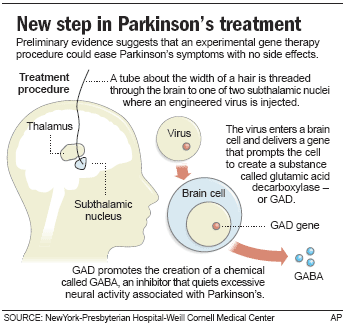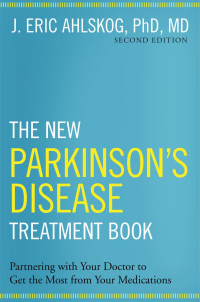
While there is no cure for Parkinson’s disease, there are several effective treatments. These treatments may help control symptoms and reduce disability. A variety of medications and lifestyle modifications are available, including a reduction in alcohol and caffeine intake, exercise, and a balanced diet. During the early stages of the disease, medication can also help manage physical and mental symptoms. Many medications are available, including levodopa, which replenishes dopamine in the brain. These drugs are usually taken along with carbidopa, which delays the breakdown and increases the amount of levodopa in the blood-brain barrier.
Other treatments for Parkinson’s disease involve speech, occupational, and physical therapies. A patient may also benefit from supportive therapies, such as a healthy diet and exercise. These therapies may be prescribed for a variety of conditions, including those with severe balance problems or difficulty with walking or talking. However, in some cases, medication is no longer an effective treatment. In these cases, other options are necessary, such as surgery. In severe cases, however, there is no known cure for the condition.
The majority of Parkinson’s disease patients receive medications to treat their symptoms. These medications act by stimulating cells in the substantia nigra to produce more dopamine, while inhibiting the production of acetylcholine. While these treatments have great success rates, their side effects can vary widely, and some may require surgery. If all other options fail, a patient may need to consider a surgical procedure.
While there is no cure for Parkinson’s disease, there are medications and lifestyle changes that help the patients maintain an acceptable level of quality of life. During "on" periods, patients can move easily and perform daily activities. In "off" periods, they may have trouble controlling their movements or experiencing uncontrolled writhing. These types of movements are called dyskinesias. This condition is extremely difficult to treat and can lead to a bed-bound patient.
Some of the most effective treatments for Parkinson’s disease focus on relieving symptoms and improving overall health. Other therapies such as stem cells have been found to be effective in preventing and slowing the progression of the disease. The physician’s goal in choosing treatment is to provide patients with quality of life while reducing the risk of future complications. This is the only way to prevent the onset of the disease. These methods have no known side effects.

Other treatments for Parkinson’s disease include surgery. In some cases, these treatments may include deep brain stimulation. In some cases, these treatments may be a good option, but the most common type of treatment is surgery. This includes implanting electrodes in the brain. The electrical impulses are then sent to deeper areas of the brain. This procedure can counteract many of the symptoms of the disease. The goal of any treatment is to relieve symptoms as much as possible.
The most effective treatments for Parkinson’s disease are designed to improve your health and prevent symptoms associated with the disease. Occupational therapy and speech therapy are also very effective. Physical and occupational therapy can help you carry out everyday tasks. There are many supportive therapies that can help with the symptoms of Parkinson’s disease. For example, you can cut out caffeine. Try to eat high fiber foods and avoid caffeine as it has been shown to improve balance.
Surgery is a common option for treating the symptoms of the disease. Small electrodes are implanted inside the brain to help counteract the effects of the disease. During surgery, thin wires are inserted into the brain to stimulate the area. These wires can interfere with normal brain activity and cause hallucinations. Site https://handaldok.com
states that in some cases, Parkinson’s patients may experience memory loss, tremors, and even bedwetting.
There are many types of drugs available to treat the disease. There are two main types of medications used for Parkinson’s disease. One of them is levodopa. It is a neurotransmitter that can slow the progression of the disease. Other medications, such as acetaminophen, reduce the activity of acetylcholine, which is a neurotransmitter in the brain.
